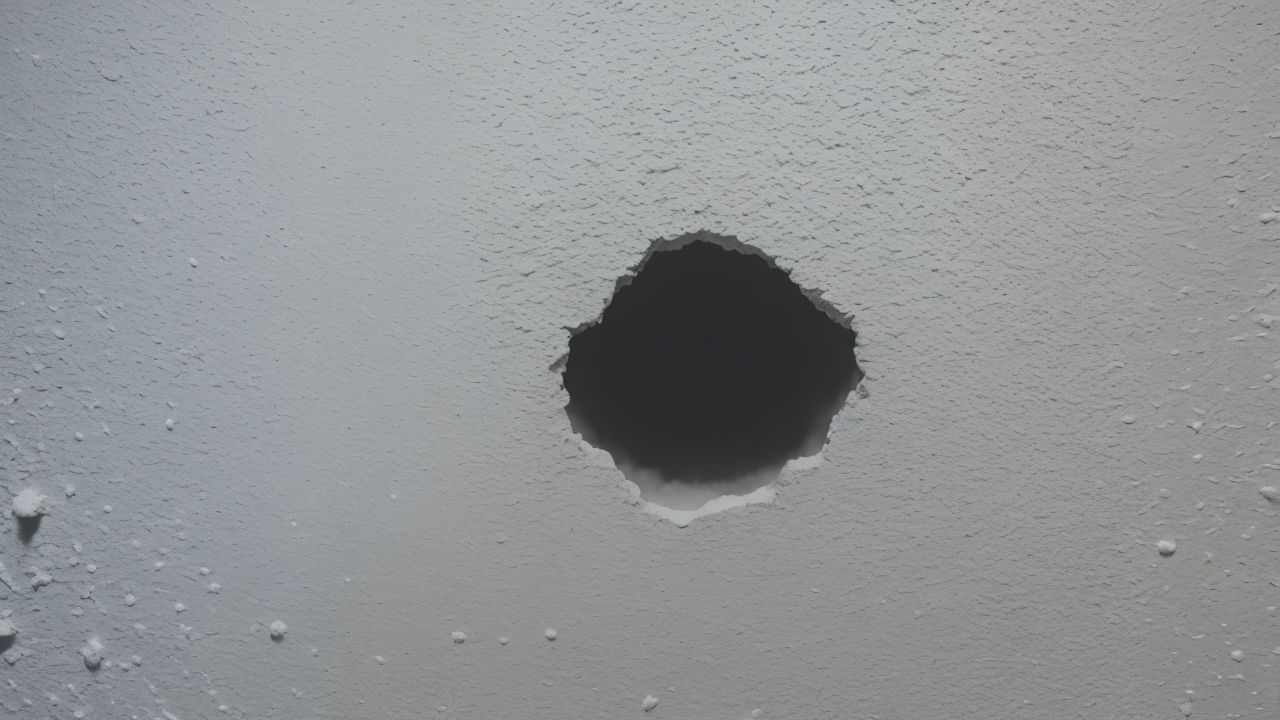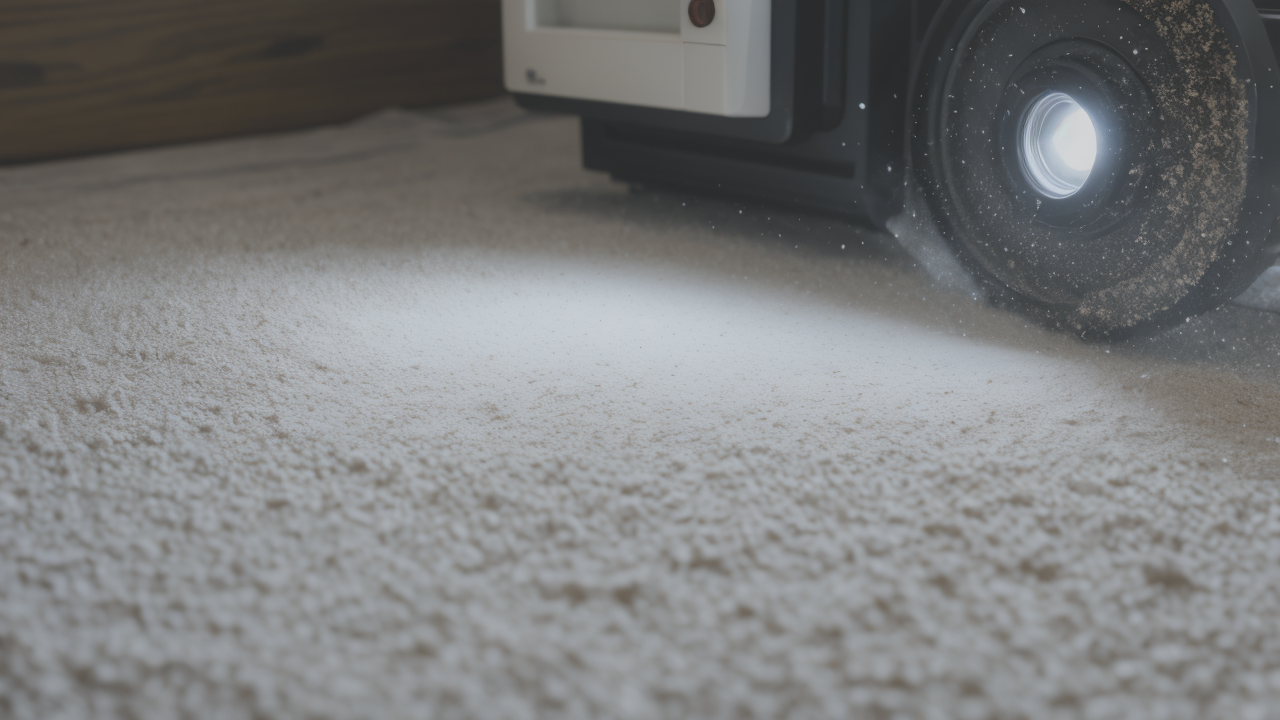
Innovative Decor Techniques: Incorporating Plaster Art into Your Home Design
The Artistic World of Texture Plaster: An Overview
Understanding the Basics of Plaster Art
Plaster art is a versatile medium for creating unique wall decorations. It uses a mix of water and gypsum powder. This mixture hardens over time, forming a solid surface. Artists can mold, carve, or layer plaster to create various effects. Plaster is great for making reliefs, sculptures, and textured wall art. It's been used for centuries in art and architecture. Today, it's popular in modern home decor. Plaster is affordable and eco-friendly. It can mimic expensive materials like marble or stone. Artists love it because it captures fine details well. It's also forgiving, allowing for easy corrections. Plaster art can be painted or left in its natural white state. It works well with other materials like wood or metal. Learning to work with plaster opens up many creative possibilities.

The Role of Texture in Sculpture and Art
Texture adds depth and interest to plaster art. It makes flat surfaces come alive. Texture can be smooth, rough, or anything in between. It appeals to our sense of touch, even just by looking. In sculpture, texture can mimic real-world surfaces. It might feel like tree bark, fabric, or human skin. In wall art, texture creates visual patterns. These can be abstract or represent landscapes. Texture guides the viewer's eye across the artwork. It creates contrast and focal points. Light plays off textured surfaces in interesting ways. This interaction adds drama to the piece. Texture can evoke emotions or memories in the viewer. It's a powerful tool for artists to express their ideas. The right texture can make a simple design more complex and engaging.
Advanced Techniques in Texture Plaster Art
Developing a Mastery of Plaster Texture Techniques
To master plaster textures, practice is key. Start with basic techniques like combing and stippling. Combing uses a toothed tool to create lines in wet plaster. Stippling makes dots or small marks with a brush or sponge. Troweling can create smooth or rough areas. As you improve, try more complex methods. Layer different textures for depth. Carve into semi-dry plaster for detailed work. Try embedding objects for unique patterns. Experiment with plaster thickness. Thick plaster holds texture better. Thin plaster flows more and creates subtle effects. Mix techniques to create your own style. Don't be afraid to make mistakes. They often lead to new ideas. Keep a record of your experiments. This will help you replicate successful techniques later.

Innovative Tools and Materials for Enhancing Texture
Think creatively when choosing tools for plaster art. Common items can create amazing textures. Try pressing bubble wrap or lace into wet plaster. Use natural objects like leaves or seashells as stamps. Old credit cards make great scrapers. For fine details, try dental tools or clay sculpting sets. Add materials to your plaster mix for built-in texture. Sand creates a gritty feel. Sawdust adds a unique, rough texture. Small pebbles or glass beads create interesting bumps. You can also mix in colorants for tinted plaster. Use stencils or handmade stamps for repeating patterns. Make your own texture rollers with foam and string. Experiment with different applicators like sponges or textured wallpaper. Always wear gloves and a mask when working with plaster.
Step-by-Step Guide to Creating Complex Textures
- Prepare your work area with all tools and materials.
- Mix plaster to the right consistency.
- Apply a base layer of plaster to your surface.
- While wet, start adding texture with your chosen method.
- Layer different textures, letting each set slightly.
- Use carving tools on semi-dry plaster for fine details.
- Let the piece dry completely.
- Sand lightly if needed.
- Apply a sealant to protect your work.
Take your time with each step. Plaster work requires patience. Different effects emerge as the plaster dries. Don't rush the process. Be ready to adapt your plan as you work. Keep a spray bottle handy to rewet areas if needed. Clean tools between uses to prevent unwanted textures. Practice on small pieces before tackling large projects. Remember, each piece is unique. Embrace the organic nature of plaster art. The more you practice, the better you'll become at controlling the medium.
Applying Texture Plaster Art in the United States
Incorporating Plaster Art in Home and Commercial Decor
Texture plaster art is trending in U.S. interior design. It adds character to plain walls and ceilings. In homes, textured accent walls are popular. They create visual interest in living rooms or bedrooms. Plaster art pieces serve as unique wall decor. They can replace traditional paintings or prints. In open floor plans, textured walls help define spaces. They add warmth and depth to minimalist designs. Commercial spaces use plaster art to create ambiance. Restaurants use it to improve acoustics and aesthetics. Hotels incorporate it for a luxurious feel. Retail stores use it to enhance brand image. Plaster art works with any style, from modern to rustic. It's a cost-effective way to upgrade any space. Custom plaster art can be tailored to fit any design theme.

Case Studies: Successful Use of Texture Plaster in the U.S. Market
Several U.S. projects showcase successful plaster art use. A New York restaurant features a plaster mural of city scenes. It adds local flavor and becomes a talking point for diners. A California beach hotel used textured plaster to mimic sand dunes. This brings the beach feeling indoors. An art gallery in Chicago installed plaster panels as room dividers. They serve both functional and artistic purposes. A tech company in Seattle added plaster art to office walls. It improves acoustics and inspires creativity. A luxury home in Miami used plaster art for a statement staircase. It creates a grand entrance that wows visitors. These examples show how versatile plaster art can be in different settings. They highlight its ability to transform spaces and create unique atmospheres.
Future Trends in Texture Plaster Art in the U.S.
The future looks bright for texture plaster art in the U.S. There's growing interest in handmade, artisanal decor. Plaster art fits this trend perfectly. We may see more integration of technology. 3D printing could create complex molds for plaster casting. Sustainable practices will become more important. Artists might explore eco-friendly plaster alternatives. Interactive plaster art could become popular in public spaces. These pieces might change with touch or environmental factors. Custom, site-specific plaster art will likely increase. This allows for truly unique spaces in homes and businesses. As interest grows, more plaster art classes may become available. This could lead to a new generation of American plaster artists. We might also see plaster art combined with digital projections or lighting effects.
Tips for Emerging Artists in the Plaster Art Scene
For new artists entering the plaster art scene, start with the basics. Master different techniques through practice. Develop your unique style over time. Invest in quality tools and materials for professional results. Network with other artists and designers in your area. Collaborate on projects to gain experience and exposure. Use social media to showcase your work and process. This can attract clients and fellow artists. Consider offering workshops to share your skills. Stay updated on interior design trends. This helps you create relevant, marketable pieces. Don't be afraid to experiment with new techniques. Innovation can set you apart in the field. Be patient and persistent. Building a career in plaster art takes time. Keep learning and improving your craft. Participate in art fairs and local exhibitions to gain visibility. Build a strong portfolio to showcase your best work.


